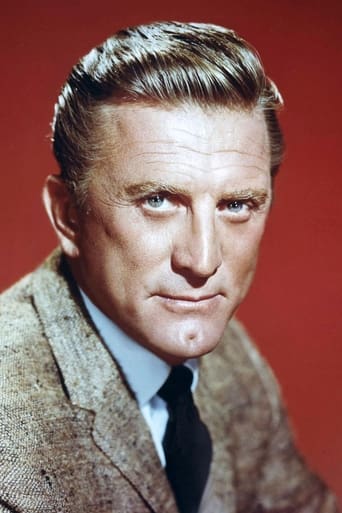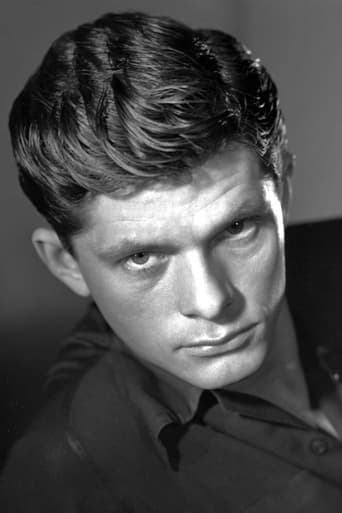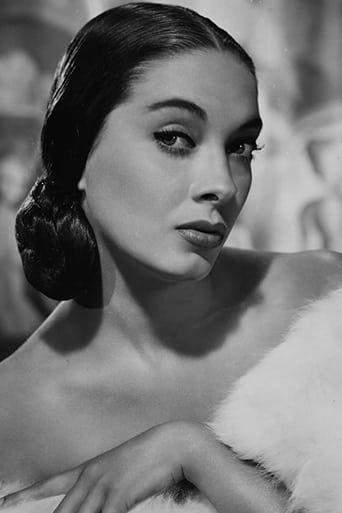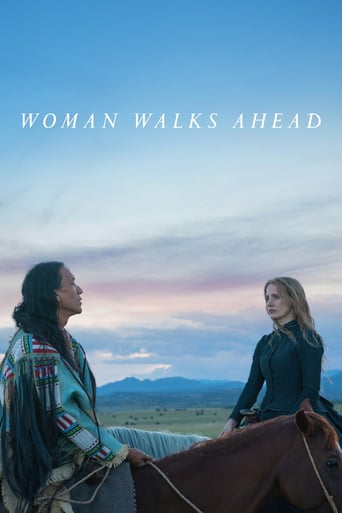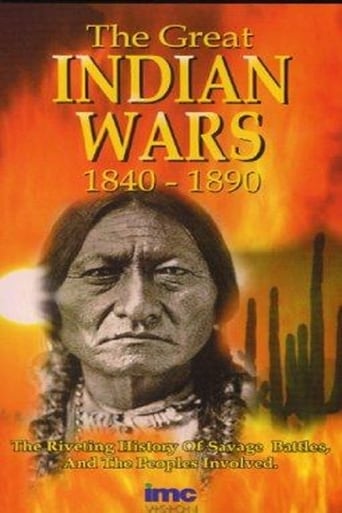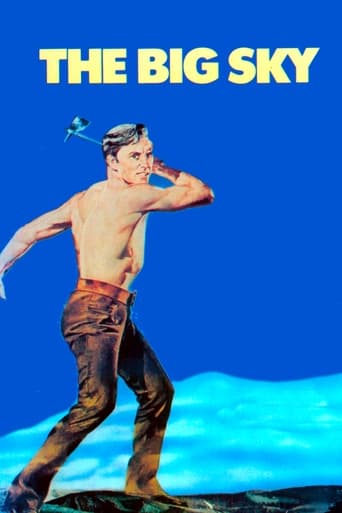
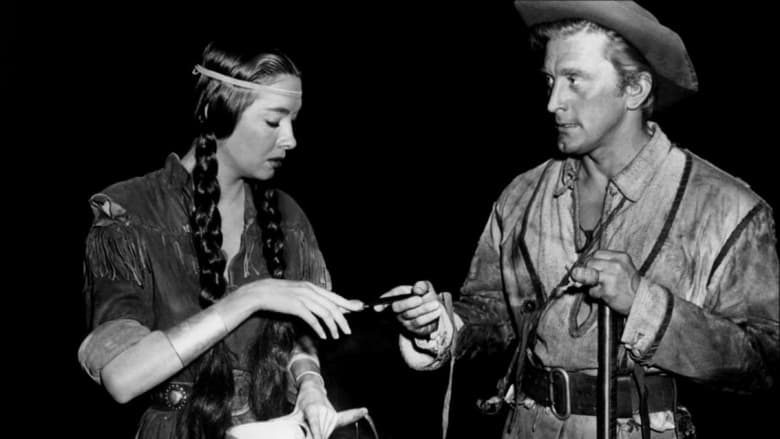
The Big Sky (1952)
Two tough Kentucky mountaineers join a trading expedition from St. Louis up the Missouri River to trade whisky for furs with the Blackfoot Indians. They soon discover that there is much more than the elements to contend with.
Watch Trailer
Cast
Similar titles
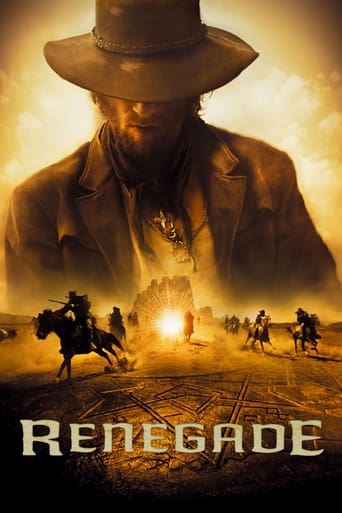
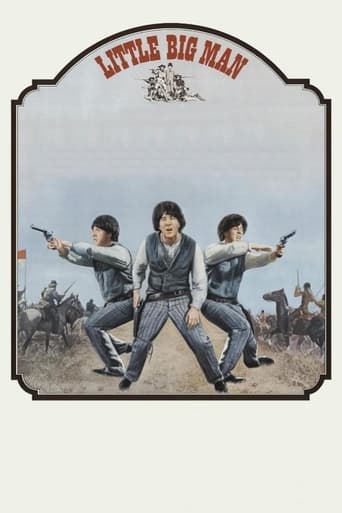
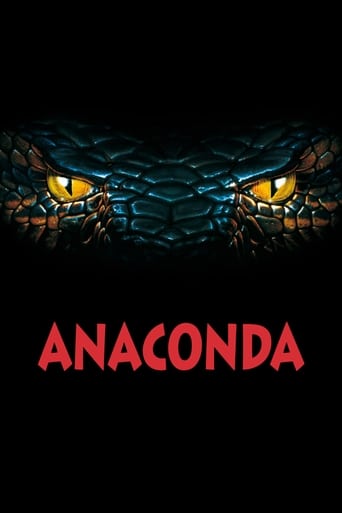
Reviews
Best movie of this year hands down!
Good films always raise compelling questions, whether the format is fiction or documentary fact.
The film never slows down or bores, plunging from one harrowing sequence to the next.
The story, direction, characters, and writing/dialogue is akin to taking a tranquilizer shot to the neck, but everything else was so well done.
This is a fascinating piece. Directed by Howard Hawks in the year after THE THING FROM ANOTHER WORLD, THE BIG SKY postulates a highly liberal message about the possibilities of communication between Euro-Americans and Native Indians. Jim Deakins (Kirk Douglas) and sidekick Boone Caudill (Dewey Martin) join a group of fur-traders embarking on a perilous journey into America's wild interior. Despite their obvious resourcefulness, they find that they cannot do without the help of Native Indian girl Teal Eye (Elizabeth Threatt) and her ally Poordevil (Hank Woorden). The film outlines their various adventures, culminating in a climax that shows the two groups coming together - perhaps permanently. There are several familiar sequences showing the Euro-Americans repelling danger, as well as coping with potential threats within their own community (not everyone is as trustworthy as Douglas), but eventually the community emerges from the experience with a new sense of strength as well as a deeper sense of the lives of Others. There are certain scenes where the Native Indians are represented as savages - notably one sequence involving drums with strong visual links to Val Lewton's I WALKED WITH A ZOMBIE (1943) - but Hawks tries his best to adopt an even-handed approach. Although the Native Indians are played by white actors, they are favorably portrayed: if people try to understand one another better, then perhaps they might get along.
Howard Hawks directed successful movies in just about every genre; including screwball comedy, film noir and even science fiction. However, he seems to have had a particular affinity for westerns, and "The Big Sky" was one of his best. "The Big Sky", which Hawks made made in 1952, was a western produced on a scale every bit as grand as his earlier effort, "Red River". However, despite the fact that "The Big Sky" is also a western, it is a very different movie. "The Big Sky" is set in a much earlier era, 1831. One result of that is that the usual lever-action Winchester rifles and "six-shooters" found in most westerns are absent, the characters being armed with the muzzle-loading rifles of that earlier era. In addition surprisingly few horses and no cattle, are in evidence for a western, since the story deals with an earlier era, when fur-trading was the important business and cattle-raising hadn't even begun yet. There is also a great deal of water in evidence for a western, since most of the action takes place on board a boat making it's way up the Missouri River. Another unusual feature is that, for a western, the story features an unusually large proportion of French-speaking characters. It is often forgotten today that the city of St. Louis, Missouri was actually founded by the French, and only became part of the United States in 1803. Consequently, there were undoubtedly many French-speaking people to be found still living around there three decades later, just as there were farther south in New Orleans."The Big Sky" is, of course, the nickname for the present-day State of Montana, and the story revolves around a voyage up the Missouri River to trade with the Indians living as far up river as that region, if not beyond. Interestingly, the Indians are depicted as being not necessarily averse to such contact. In fact, the biggest conflict is with the large "Trading Company", with which the protagonists are in commercial competition.Filmed in black-and-white amid some of the most beautiful scenery in the United States, "The Big Sky" is a spectacular and somewhat unusual western that is well worth a look.
There are elements to this movie which are classic. The obvious location shooting shows up in a lot of scenes which enhances the experience even though the film is black and white. The actors carry the film as it tells several stories in the characters and has a lot of social interaction. This is one of the very few Western films made where fighting Indians is not the central theme.What tends to make it lack classic status is the fact the film really has not been preserved very well judging from the TCM showing I have been watching. There are some scenes and dialogs which are much rougher than the original film was. What really shows up in this film is the lack of money RKO had for pictures at this point.This top notch cast and great director do a great job putting something very watchable on film but the budget for the film is obviously very thin as you can tell watching the film. Kirk Douglas account addresses this as he mentions loving doing this movie in spite of spending more than 2 weeks tent camping.The lack of money for a long feature contributes to the fact this one was shot in black and white in an era where color had taken over for films like this. RKO cut an extra 20 minutes off the film, because they were out of money and afraid that the longer movie would be so long it would not sell tickets.Still, because of the locations and acting, this movie commands attention from viewers. It is a shame it was made on a shoe string which shows very obviously in the finished product.
Like RED RIVER it's in black-and-white, which some find disappointing. For me it's always given the material an agreeably unglamourised flavour like its predecessor but then I was raised in the age when b/w was still the norm. A lot of it takes place at night, in any case, in the arc-lit woodlands of RKO, which does develop a certain claustrophobia. It's quite a dark film in many ways with much emphasis on physical pain, injury and impairment. People are whipped, hobbled, stabbed, shot, one guy gets an arrow in the neck, another a burning brand in the face - and the mighty Kirk has a dislocated finger amputated with the help of whisky in a scene angled for comedy but which isn't very funny. Even the head-baddie's a cripple.As a happy-go-lucky mountain-man who joins a French fur-trading expedition up the Missouri River Kirk starts out amusingly in Ned Land chucklehead mode with even a song thrown in but becomes increasingly brusque and modernistic perhaps to compensate for the fact that he's not the driving force here. At the same time I like the way Hawks makes him a team player, sitting back to listen to other actors doing their thing and not even getting the girl in the end. That prize is won by his buddy, played by the slick shifty-looking Dewey Martin with his Tony Curtis quiff but none of the Curtis charm, unfortunately. Inter-racial love stories in Westerns were all the rage at the time but the Indian bride usually got killed - an idyll denied an ongoing reality. Not here, though. As the Blackfoot princess Elizabeth Threatt is sensational. A tall mysterious lady with a cat-like grace and a haughty mien but with sudden flashes of great good humour she's very much a Hawks Woman - practical, resourceful and able to call her own shots when the time comes - and all without a single word of English dialogue. There are a couple of sly filches from THE OUTLAW (which Hawks was directing before Howard Hughes fired him) including the famous "I'll keep him warm" scene. Rumour has it that Kirk demanded 15 takes just to get it right - no I'm joking but it's a cute thought.Out on the river in daylight Hawks and Russell Harlan conjure up some marvellously fluid imagery for which Harlan was Oscar-nominated but didn't win. Ditto Arthur Hunnicutt who oozes authenticity as the guide/interpreter with his tall tales and seasoned wisdom. He's also Martin's uncle and there's some deft undercutting of myth when it's revealed that Martin's sledgehammer punches are the result of a bullet-pouch clenched in his fist and that his former prejudice against Indians is based on one of Uncle's stories ("I talk too much."). But he finally renounces prejudice off his own bat without knowing the story to be a lie. Tiomkin's exquisite score is sprung on three main themes - the epic journey, the Indian presence and a beautiful love-song sung by the Frenchmen as a remembrance of home. At the close Martin elects to remain with his bride and her people while his companions prepare to return downriver - for them a thousand-mile journey, for him "just a step and a holler" home to bed. For the audience a classic juxtaposition of movie-dreaming and our own reality. The 'Mandan' and its crew recede into infinity in our minds like a 'trip round the universe', such a long long way. But like Martin we can simply go home now, the show's over. We put on our coats and file out of the old fleapit (I'm talking 1952 here) just a step and a holler from our own private teepees.To correct a previous poster the guy who got it in the neck was Pascal, played by Booth Colman.
